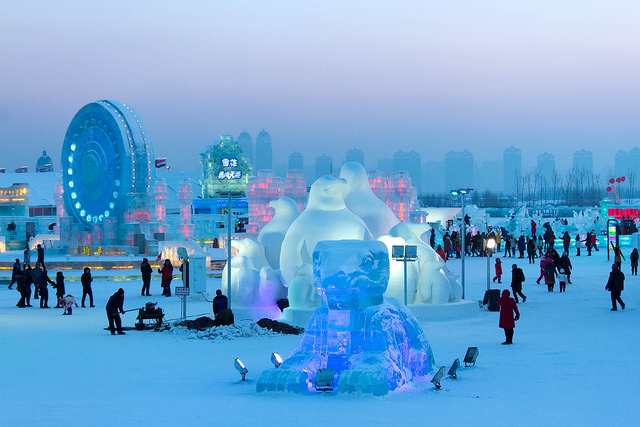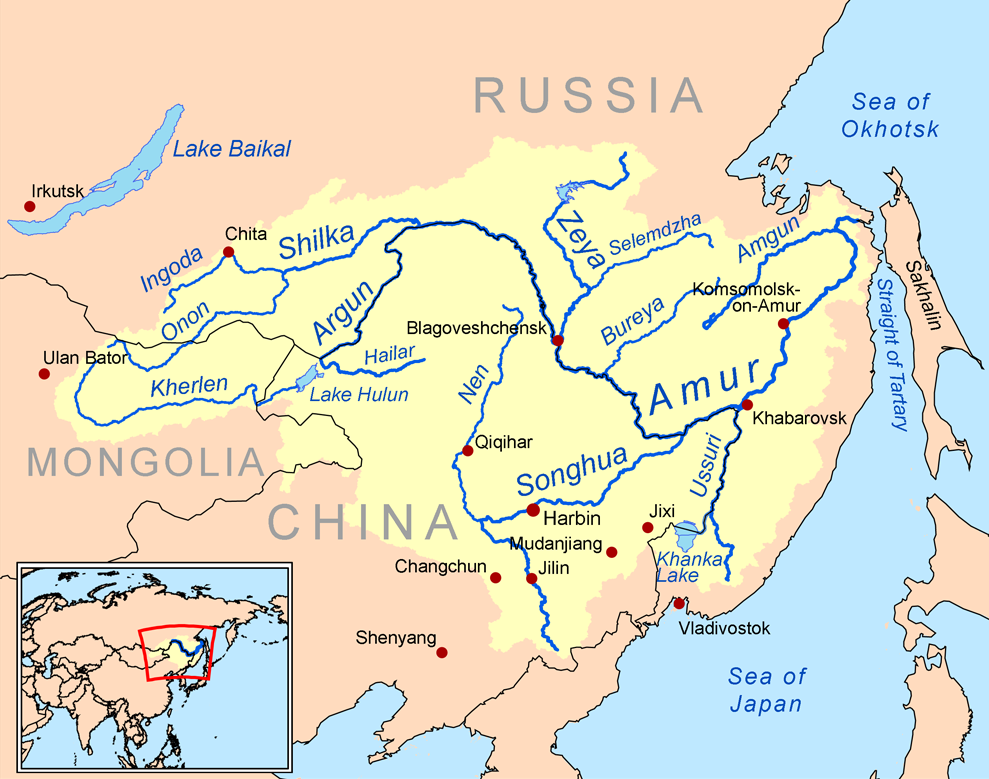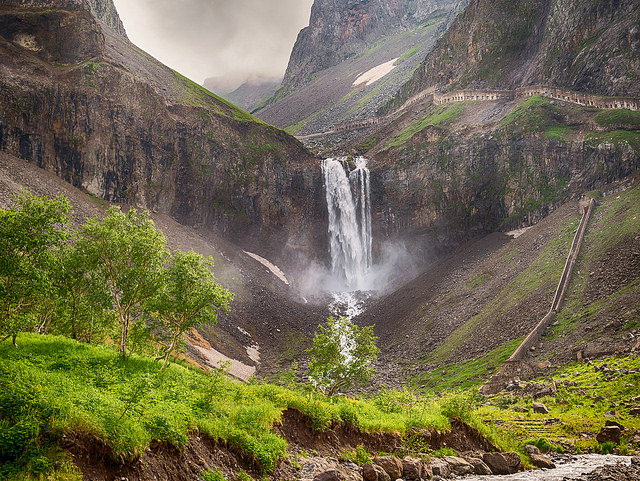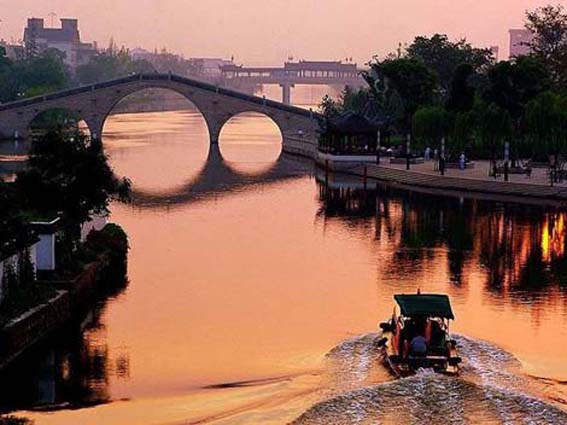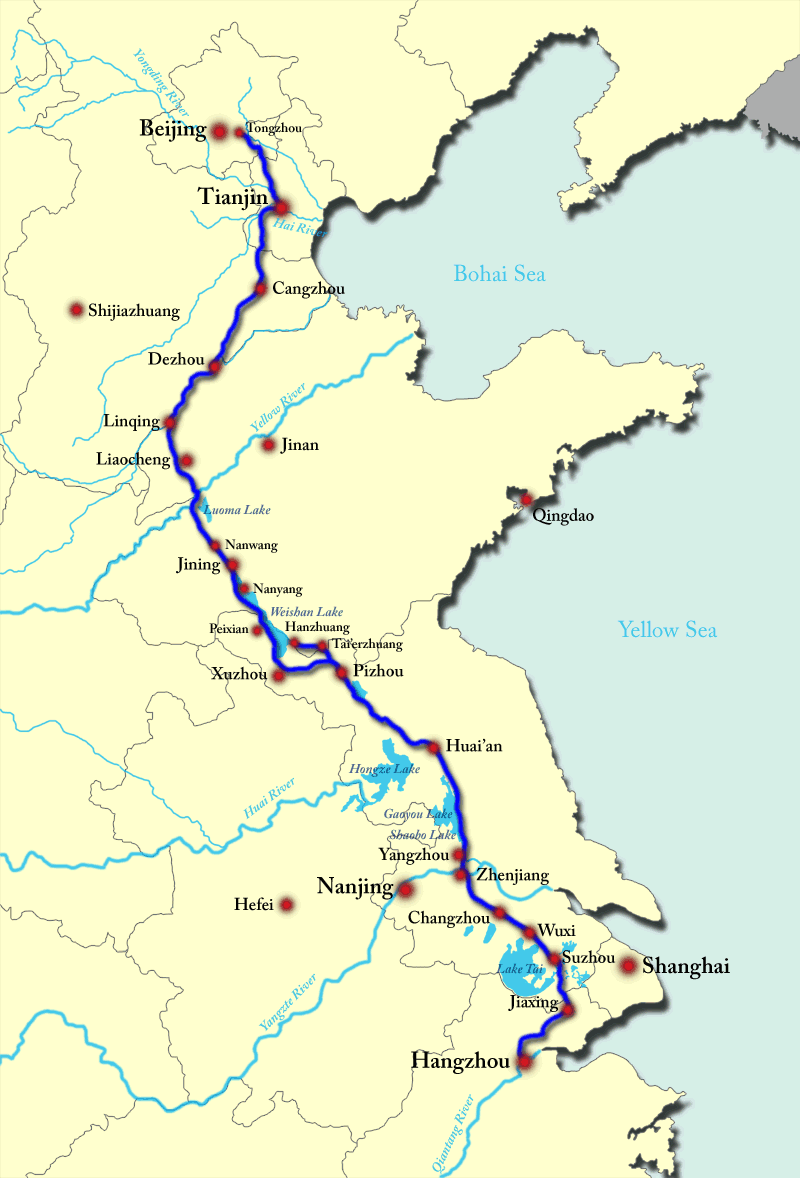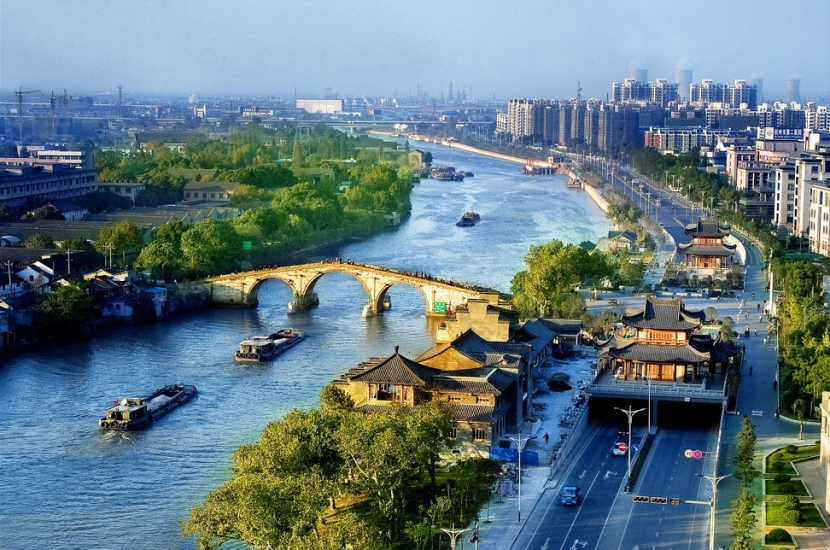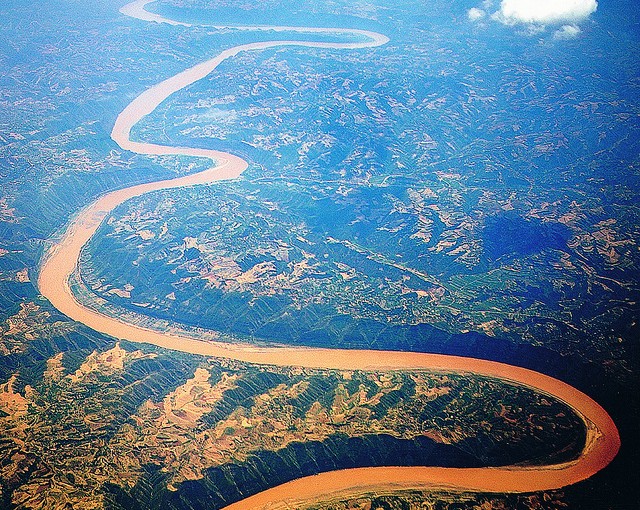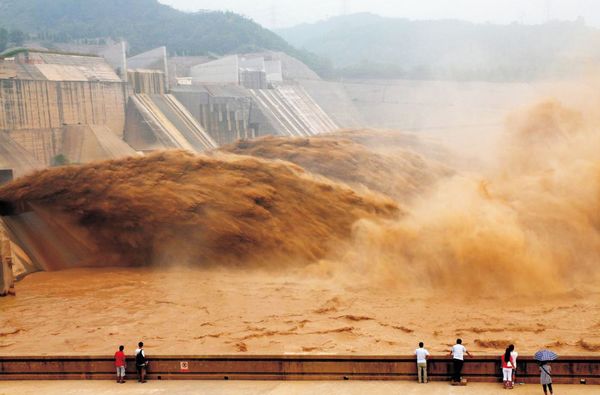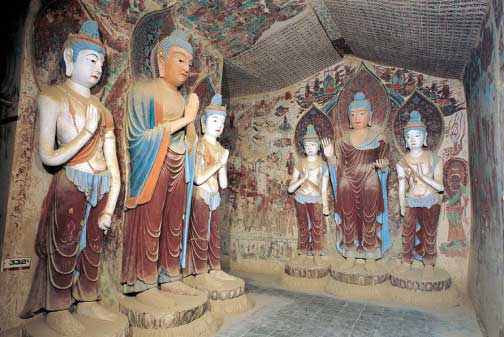by David Parmer/Tokyo
At an event at the National Press Club on July 27, in Washington, Chief of Staff of the United States Army General Milley laid out US global policy in a direct and concise manner. The general touched on three main areas and explained current US Army and US government thinking on them:
- Security Challenges
- Army readiness
- Myths about the military
Security Challenges
Milley said the US faces four nation states:
- Russia
- North Korea
- China
- Iran
And one non-state actor:
- Terrorists
He said that an adversary must have “capability and will” to engage in or start a conflict. He said Russia is a “purely rational actor” and that despite differences we share areas of common interest.
As for China, he called China a “significant rising power” and that China had made the most significant shift in Global economic power in the last five centuries.”
He said that China also has capability and will, and has laid out its plans for the “China Dream” very clearly. It will proceed peacefully but has a capable military force to back up its interests.
He added, “China is not an enemy. Neither is Russia for that matter.” What is possible is “competition without conflict.” And “China is also a rational actor.”
Iran tries to undermine U.S. national security interests in the Middle East.
North Korea is “the single most dangerous threat” at the present time.
“Time is running out.”
Terrorism, he said, will be “A long struggle.”
Army readiness
The general said that the real question about your army is “What do you want it to do?” Since 1945 at the Breton Woods Conference the US has fielded a global military in support of the World Order. The U.S. now has 180,000 soldiers under arms. The General said that he believes we need a bigger Army. He also said that he believes that there has been a change in the character of war, and that future wars will be urban combat following the world trend for urbanization. He citied the battle of Mosul as an example of this trend manifesting in the present.
5 Myths of War
The general listed five myths of war and gave their corollaries in his estimation.
- Wars will be short–they will not, they will take time
- You can win wars from afar–you can’t there must be boots on the ground
- Special Forces can do it all–they can’t and shouldn’t be asked to
- Armies are easy to create–they aren’t, it takes time and training
- Armies fight wars–nations fight wars
In closing General Milley took prepared questions. Two significant answers that he gave were regarding the situation on the Korean peninsula.
“No good options”
” It’s not going to be a pretty picture.” (A possible war in Korea)
Video: CSPAN
Photo: CSPAN
 日本語
日本語 English
English 中国語
中国語
